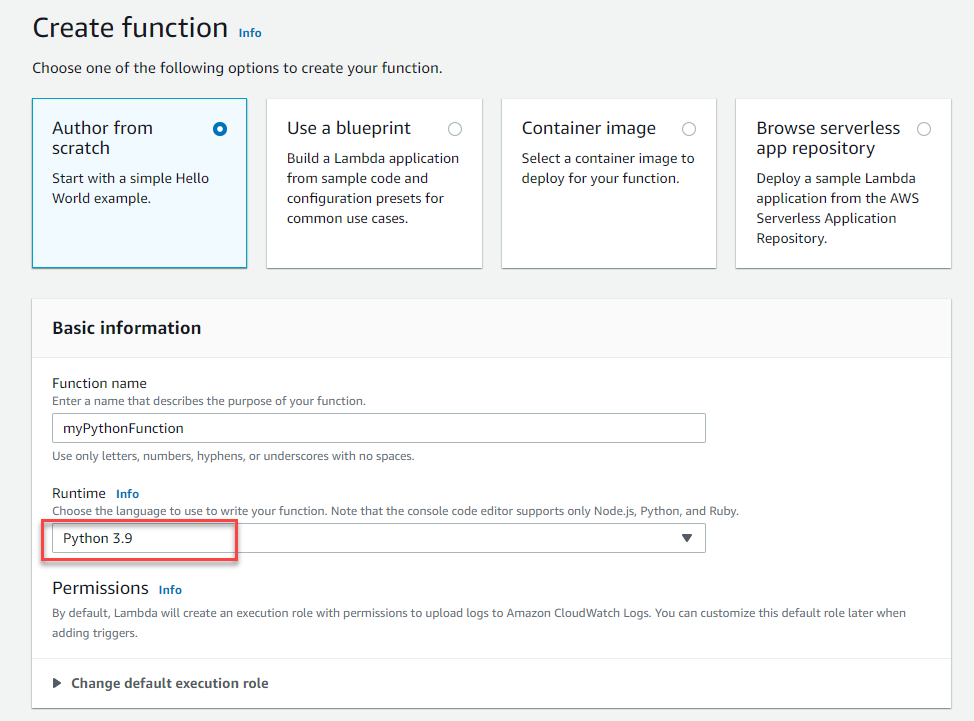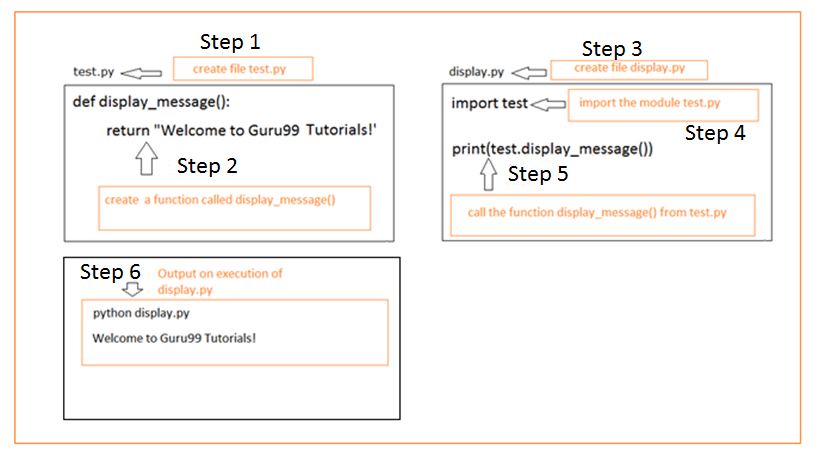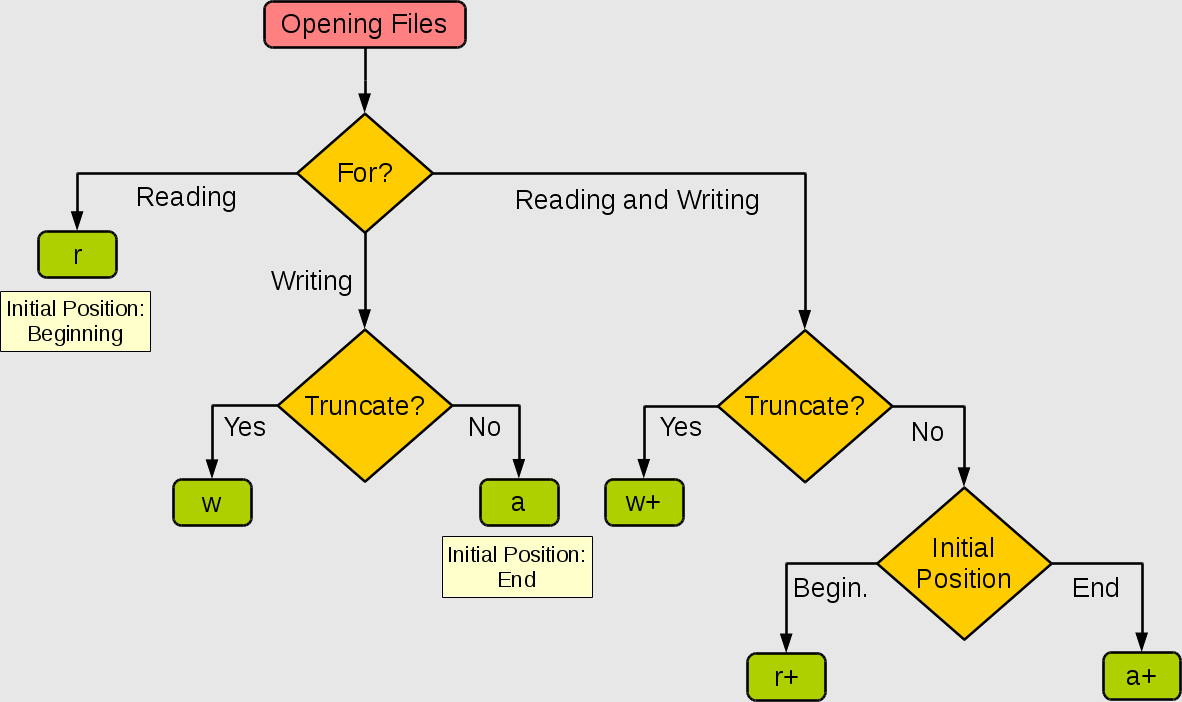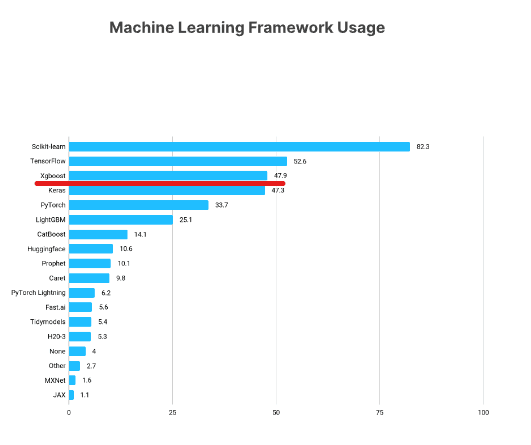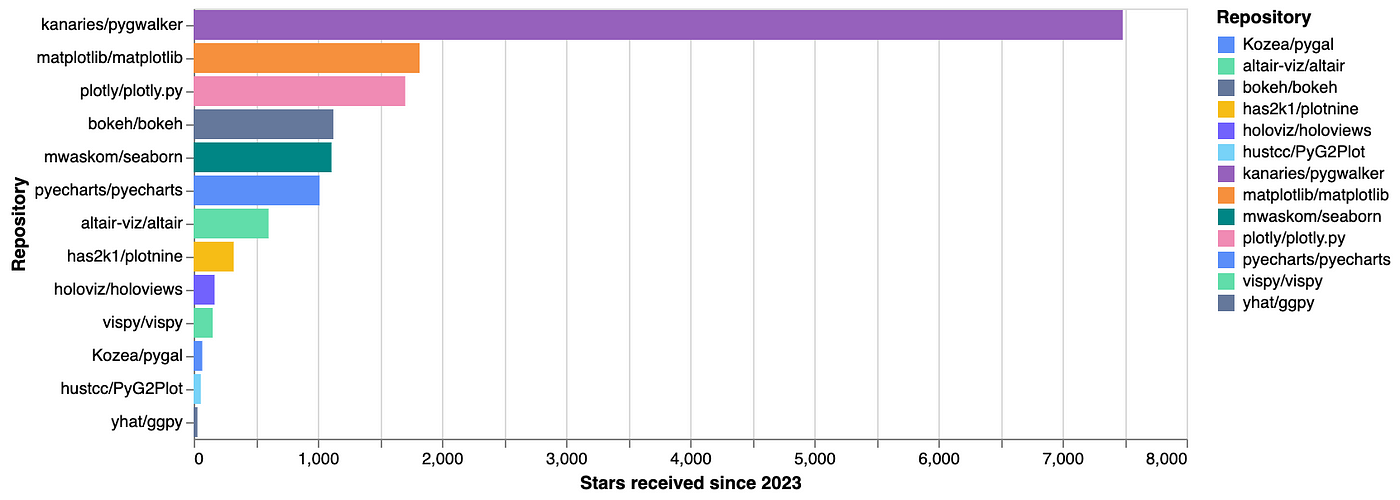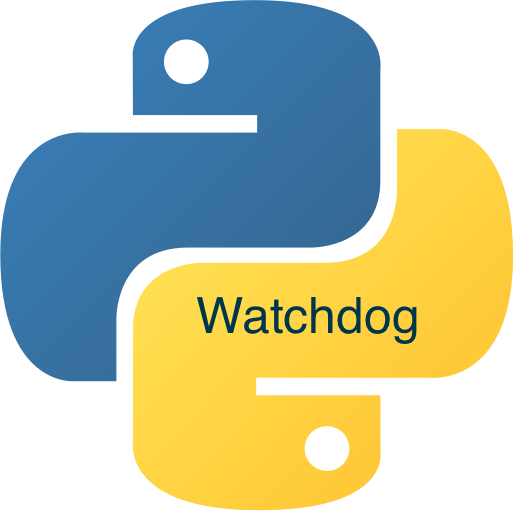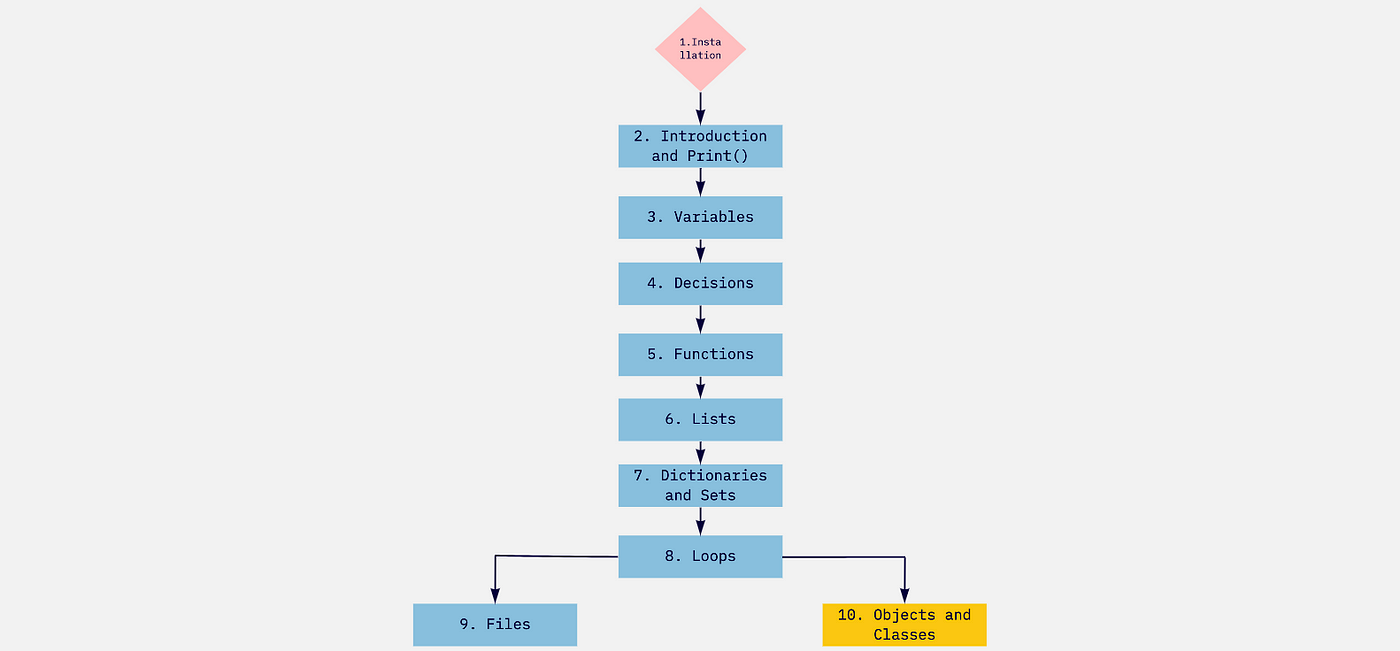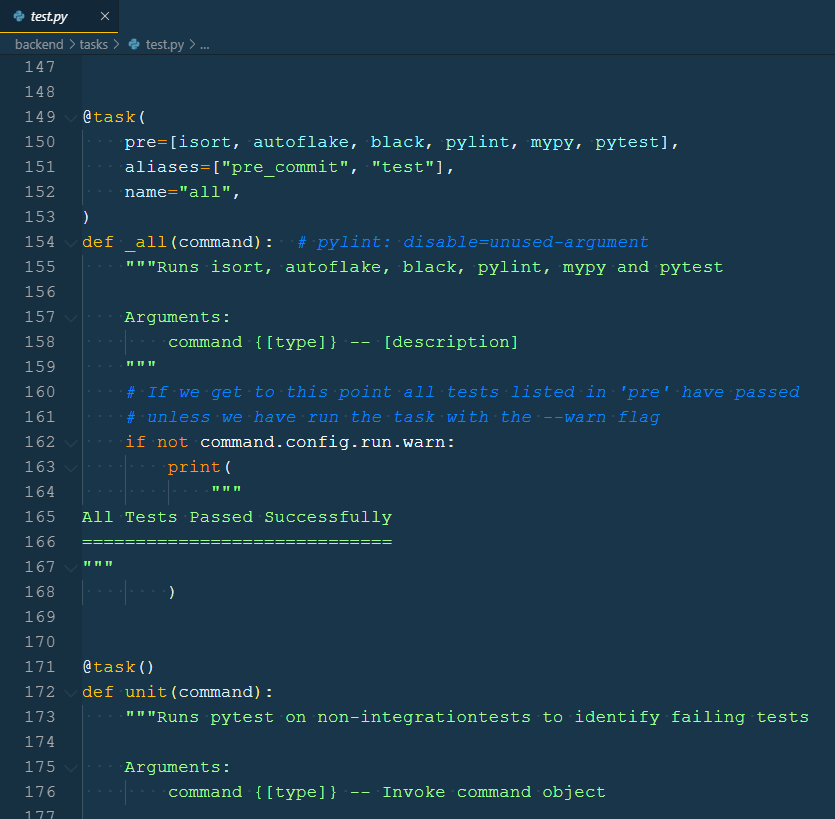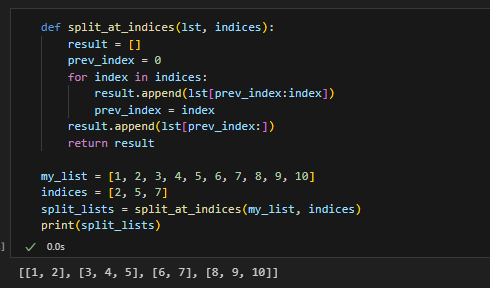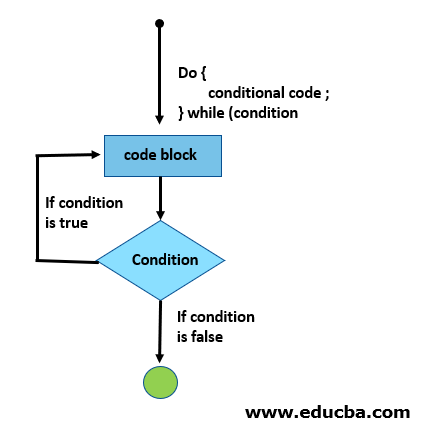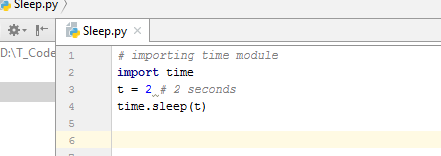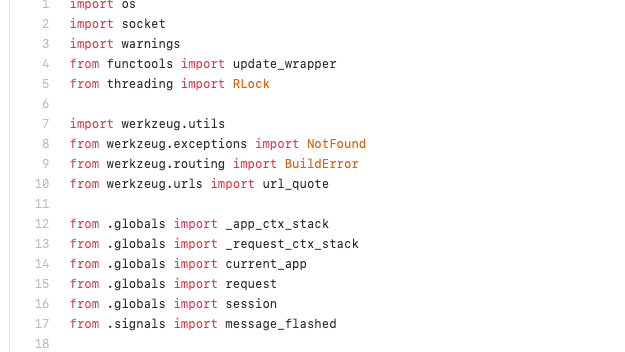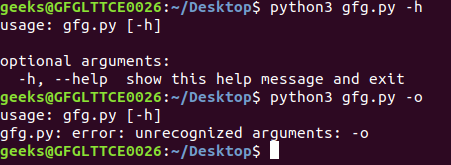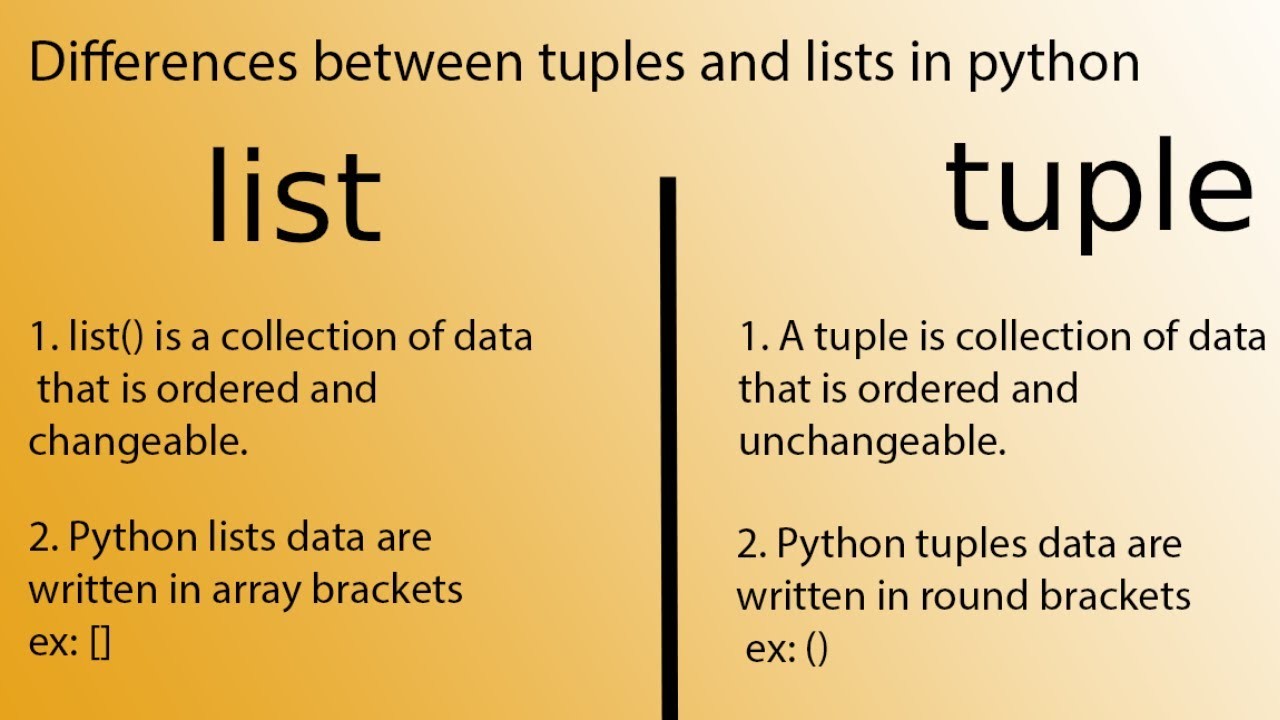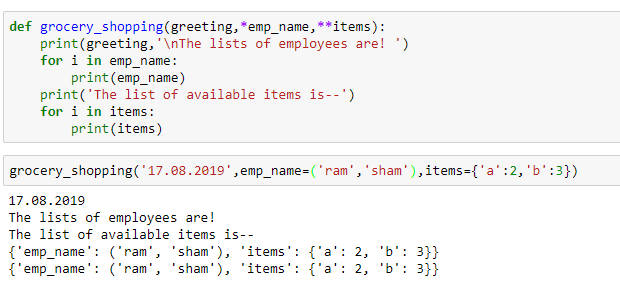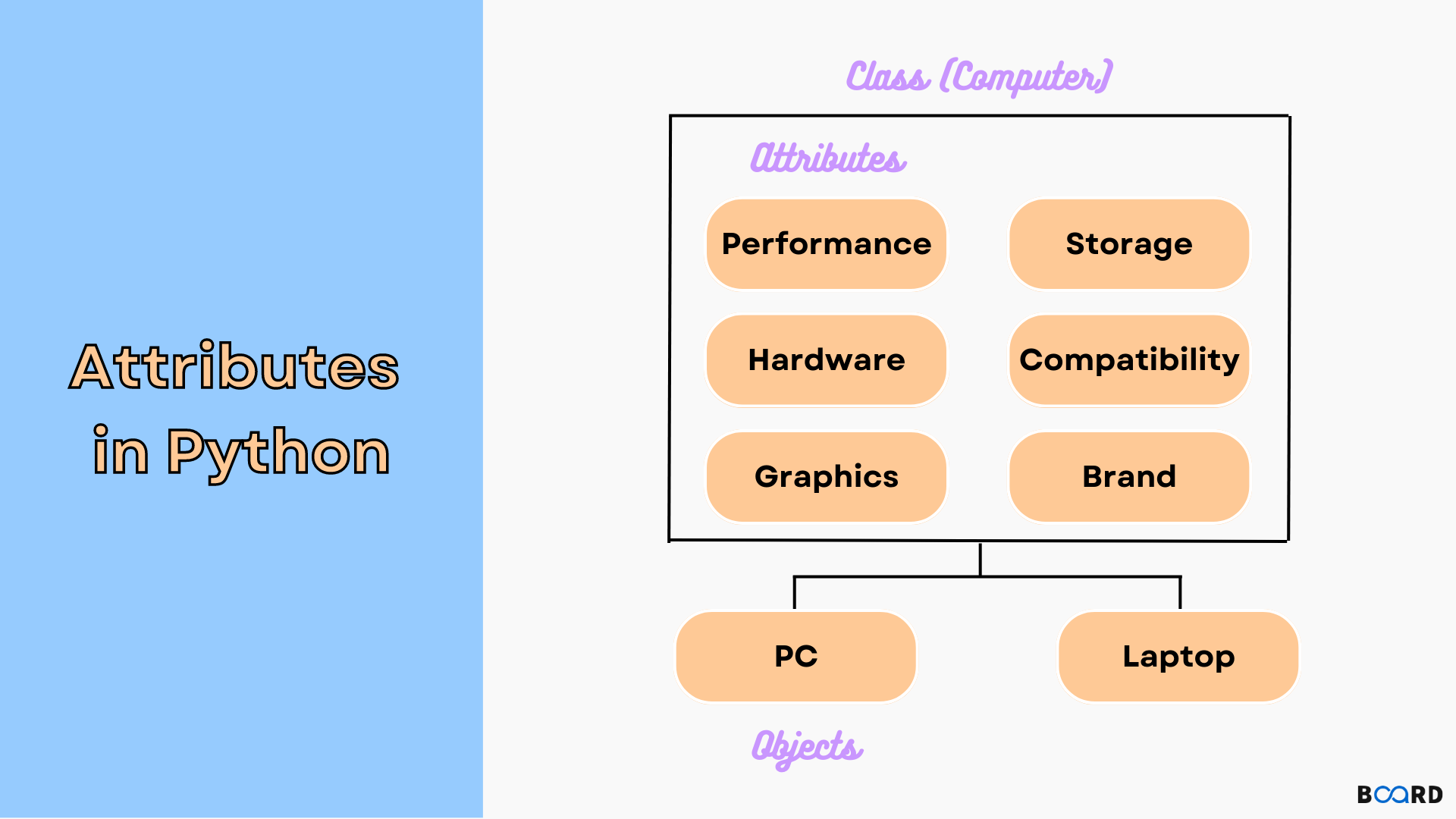What is object in Python
What is object in Python
I'd be happy to help!
In Python, an object (also known as instance) is an instance of a class, which represents a real-world entity or concept. It's the concrete representation of the abstract blueprint defined by its class.
An object has several key characteristics:
State: Each object has its own set of attributes (data members), which define its state or properties. These can be changed over time. Behavior: Objects also have methods (functions) that describe how they behave or respond to various situations. Identity: An object is a unique entity, different from others of the same class.To illustrate this, let's consider a real-world example: A Car is an object! It has:
State: attributes like color (red, blue, green), make (Ford, Toyota, Honda), and model (Corolla, Civic, Mustang). These can be changed, e.g., the car gets repainted or upgraded with new features. Behavior: methods that describe how it behaves, such as driving(), stopping(), and honking(). These actions are defined by their behavior when interacting with other objects (like roads, pedestrians, or other cars).When you create an object from a class, Python instantiates the class, creating a unique entity with its own state and behavior. This is done using the () operator, as in my_car = Car().
Python supports several types of objects:
Built-in objects: These are created automatically by Python, like integers (e.g., 5), strings (e.g., "hello"), or lists (e.g., [1, 2, 3]). Custom objects: These are defined using classes, as we'll see in the next section. User-defined objects: These are custom objects created by users using classes.In Python, objects can be manipulated using various operations:
Attributes: You can access and modify an object's attributes (state) using dot notation, likemy_car.color. Methods: You can call an object's methods to perform specific actions, like my_car.drive(). Operations: Objects can be combined, compared, or manipulated using various operators and functions.
To summarize: In Python, objects represent concrete instances of abstract classes. They have state (attributes) and behavior (methods), which define their properties and interactions with other objects.
I hope this explanation has been enlightening! Let me know if you have any questions or need further clarification on this topic.
Python classes and objects exercises
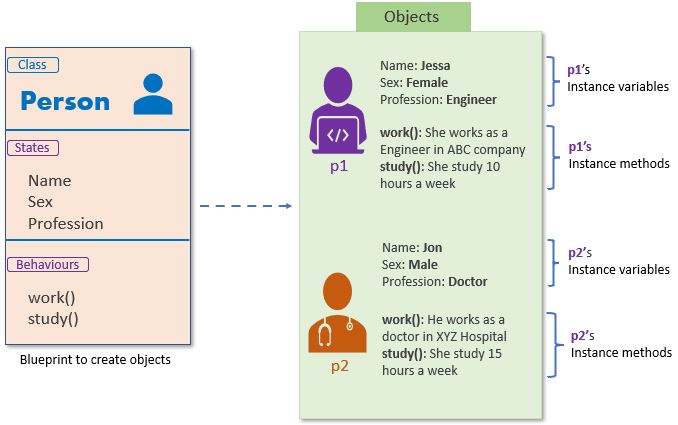
Here are some Python classes and objects exercises:
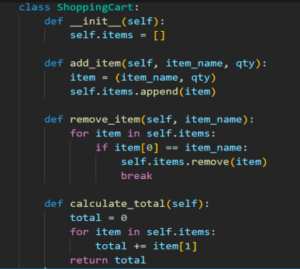
Exercise 1: Basic Classes

Write a simple Python class called Person with the following properties:
name: a string representing the person's name age: an integer representing the person's age
Create two instances of this class, john and jane, with different names and ages. Then, access each property using dot notation (e.g., john.name) to print out their details.
Solution:
class Person:def init(self, name, age):
self.name = name
self.age = age
john = Person("John", 30)
jane = Person("Jane", 25)
print(john.name) # John
print(john.age) # 30
print(jane.name) # Jane
print(jane.age) # 25
Exercise 2: Methods
Write a Car class with the following methods:
start_engine(): prints "Vroom!" to the console drive(distance): takes an integer argument, simulates driving for that distance, and returns the remaining fuel
Create an instance of this class, my_car, and call each method. For example, my_car.drive(10) should simulate driving 10 miles.
Solution:
class Car:def init(self):
self.fuel = 100
def start_engine(self):
print("Vroom!")
def drive(self, distance):
if distance <= self.fuel:
self.fuel -= distance
return f"Driving {distance} miles..."
else:
return "Not enough fuel to drive that far!"
my_car = Car()
my_car.start_engine() # Vroom!
print(my_car.drive(10)) # Driving 10 miles...
Exercise 3: Inheritance
Write a Robot class that inherits from the Person class (from Exercise 1). Add a new method called beep() that prints "Beep!" to the console.
Create an instance of this class, my_rob, and call each method. For example, my_rob.walk() should print out the person's name and then simulate walking.
Solution:
class Robot(Person):def beep(self):
print("Beep!")
my_rob = Robot("R2-D2", 50)
print(my_rob.name) # R2-D2
print(my_rob.age) # 50
my_rob.beep() # Beep!
These exercises cover basic class and object concepts in Python, including:
Defining classes with properties (attributes) Creating instances of a class Accessing attributes using dot notation Defining methods (functions) within classes Inheriting from parent classesI hope these examples help you grasp the basics of Python classes and objects!

